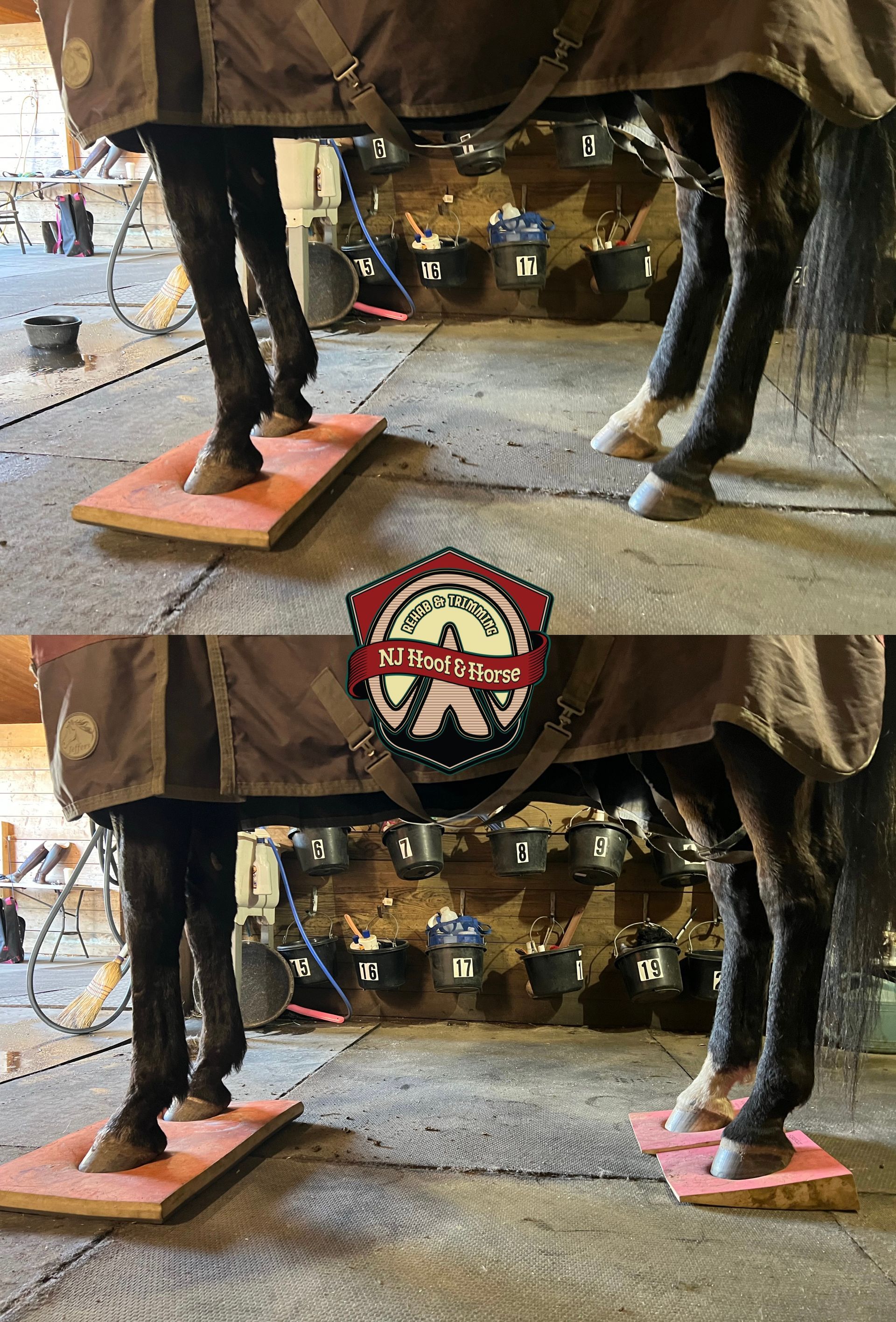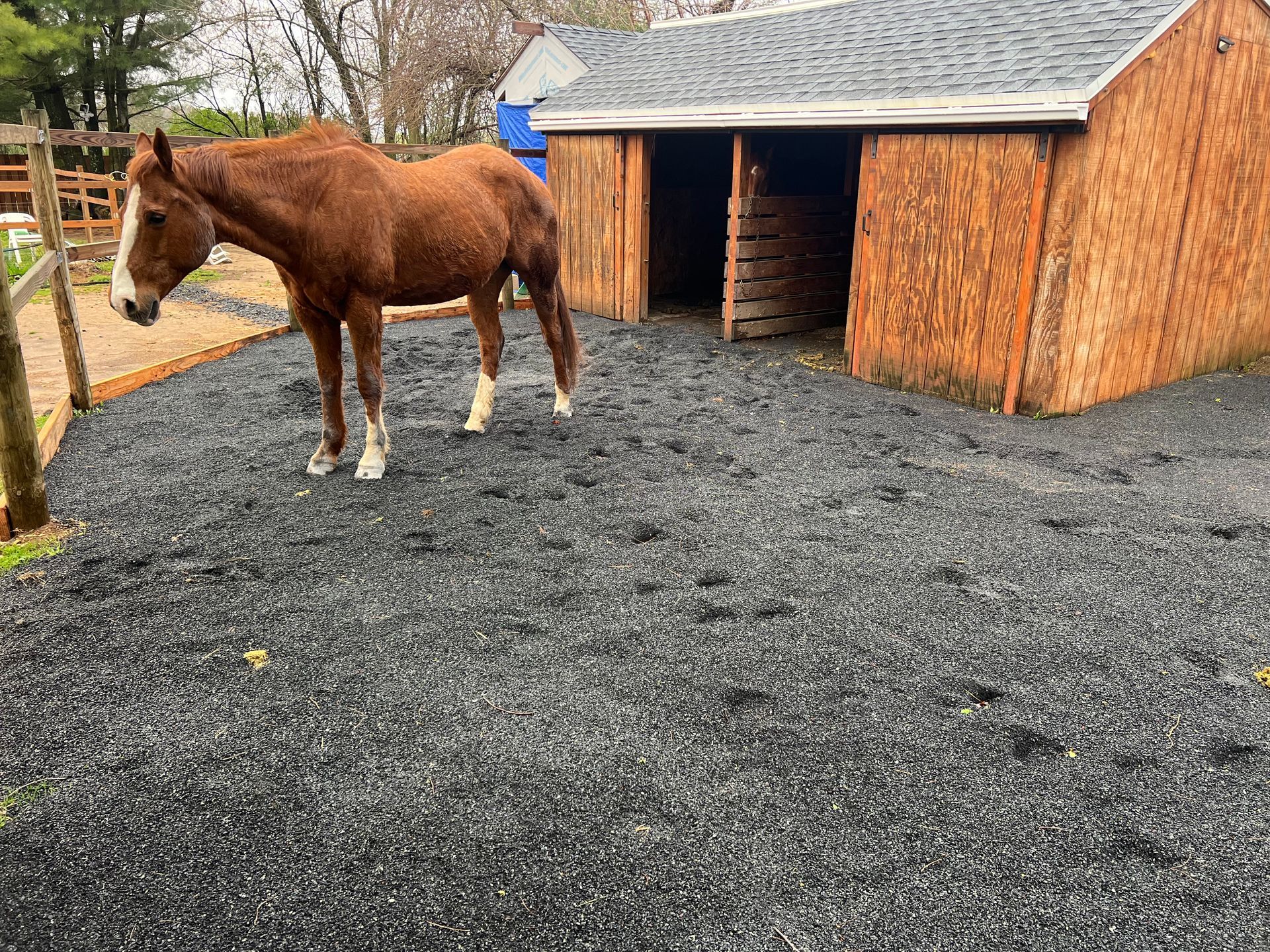How to tell if horse has thrush
One Minute Discussions #35
Discussing Natural Hoof & Horse Care
HOW TO TELL IF HORSE HAS THRUSH
There is a way to tell if your horse has thrush. Do not rely on smell because most (if not all) horse feet smell, especially if they’re standing in mud.
Take a hoof pick and clean out the feet thoroughly. Remove all mud, dirt, shavings. Take a brush and remove small debris from frog, sole, grooves and wall.
Next, take the pick and gently slide it across the length of the frog, downward into the central sulcus and heel bulb area. If your hoof pick can go into the crevice (like shown on the picture below) and especially if you let go of it and it stays there, your horse most likely has thrush. Bacteria will get into that crevice and cause bacterial and/or fungal infection, causing that frog to rot away even more. A healthy frog will have flaps from natural exfoliation, but it should never have a crack in the heel bulb area that causes pain.
Club feet and contracted heels are more prone to getting thrush.
For treating thrush refer to my article “No. 2 - OUCH! THRUSH HURTS”, link below.
https://m.facebook.com/story.php?story_fbid=562652801872732&id=100043840516906
Denys A.

